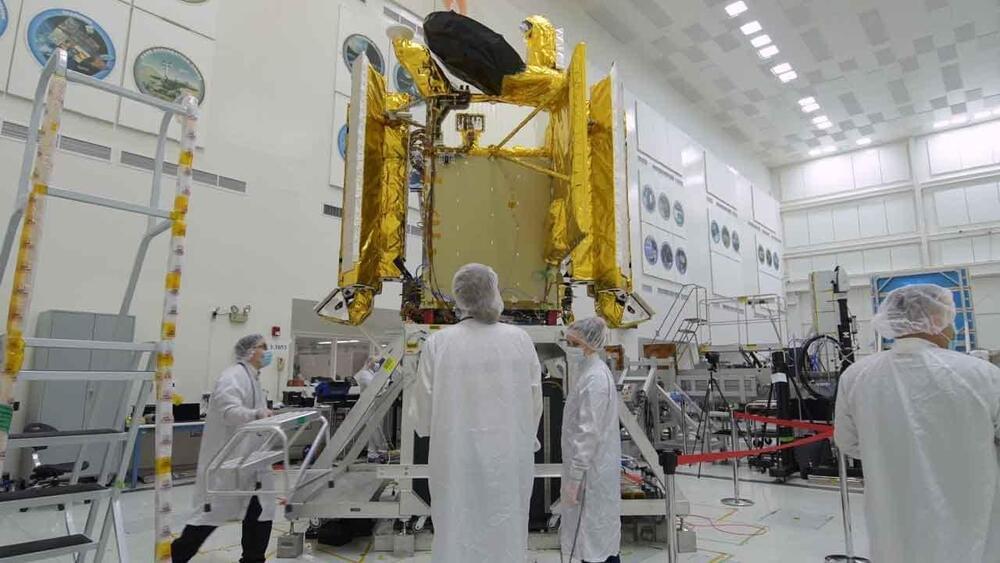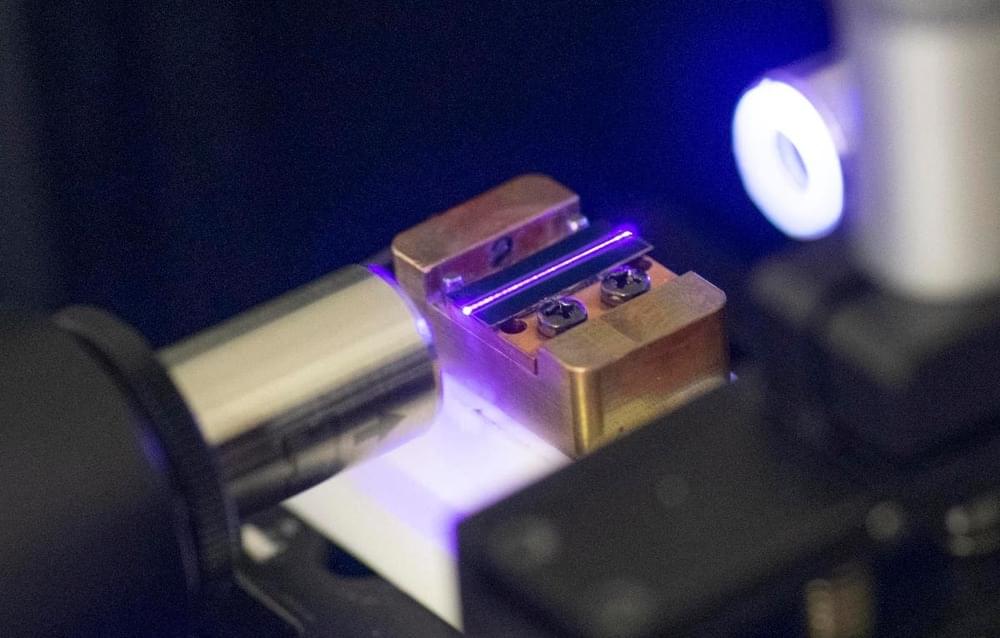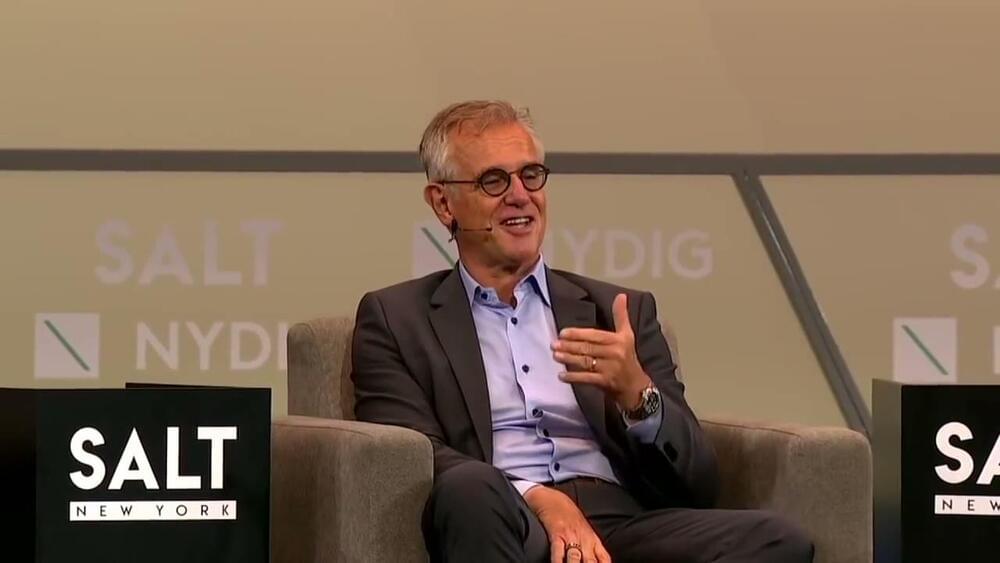Google is secretly working on some of the most advanced and crazy-sounding Artificial Intelligence Systems in the world. Some of them they’ve announced and released to the public, while others are being worked on behind closed curtains.
What these secret AI Projects are, what evil, bad or good things they’ll accomplish and how Googles motto of “Don’t be evil” doesn’t apply anymore, all in this one video. One thing is for sure, this might be the dawn of super intelligent AI robots owned by a single company in the hopes of reaching AI Supremacy.
–
If you enjoyed this video, please consider rating this video and subscribing to our channel for more frequent uploads. Thank you! smile
–
TIMESTAMPS:
00:00 Don’t be evil.
01:32 Google and Deepmind.
03:26 Google’s Connections with the Military.
04:39 What is Googles plan?
07:21 Last Words.
–
#robots #ai #google









